
The vast majority of freshwater sources have bacteria. Whether your water supply comes from municipal water, a spring, or a private well, ultraviolet light, chloramines, or chlorination can disinfect and remove bacteria in your water.
Viruses and bacteria can enter your water supply through various pathways, such as poorly built springs and wells, septic systems, runoff, and animals. If testing the spring or well wasn’t part of the inspection process when you purchased your home, you should do it right away.
Common bacteria in your water
- Cryptosporidium and Giardia:
Worldwide, parasites like Cryptosporidium and Giardia can wreak havoc on an unsuspecting host’s digestive system. The overflow of water treatment and infrastructure facilities in agricultural areas can lead to these problems. These are also associated with untreated water, waste contamination, or poor sanitation.
- Fecal Coliform:
Water contaminated with fecal coliform usually results from high runoff near agricultural areas or other sources of animal or human waste. Ingesting fecal coliform infection can cause gastrointestinal issues, with healthy adults experiencing only mild discomfort and the seniors, pregnant women, kids, and those with compromised immune systems experiencing more severe symptoms.
- Legionella:
This is another prevalent bacterium. The problem arises when it gets airborne, like when water infected with legionella is used in a shower or for an air conditioner (where the bacteria can produce steam that you can inhale). Floods, storms, water infrastructure failures, or other times of high runoff are common sources of legionella contamination, similar to coliform contamination.
- E.coli:
Because of all its news coverage, E. coli might be the most famous water bacterium. The symptoms and causes of E. coli in water are similar to those of other forms of fecal coliform bacteria, such as those found in water or well infrastructure breakdowns, septic malfunctions, agricultural runoff, etc. Particularly for susceptible populations, certain strains of E. coli can cause more severe illness than common fecal coliforms.
- Total Coliform:
Coliform bacteria are abundant in nature and typically pose little threat to humans or other organisms. While not necessarily a sign of water contamination, they can indicate the presence of other coliforms, such as fecal coliforms, in the supply.
How to Detect Bacteria in Your Water
A good way to describe murky water with particles floating in it is by its turbidity. Although water is not inherently dangerous to humans, suspended particles can obstruct disinfection and foster bacterial development.
Although having your water tested is the gold standard for determining bacterial contamination, there are symptoms to look out for:
- Stained or cloudy appearance of the water
- The water starts to smell musty, like mold or rotten eggs.
- Water seepage causes heavy or unusual stains, sometimes rust-colored, to appear around drains and fixtures.
- Contact your local water authority without delay if you notice any of these signs in your water supply.
Always check your water supply for contaminants at least once a year, even if there are no obvious symptoms. To be sure the water you use from a well is safe, you should test it every six months. Make sure you schedule a water test at the same time as you plan septic upgrades or repairs.
Treatment of bacteria in your water
Boiling water kills many common bacteria, including cryptosporidium and giardia. But it leaves behind other, more stubborn germs that can make water unsafe to consume. Treating water using a reverse osmosis filter system is important in such situations. This will help to eliminate harmful bacteria properly.
Whether you’re looking for a solution that filters water at the sink or want to purge your entire home of harmful bacteria, there are a number of solutions to safeguard your family from tap water.
Numerous factors can determine the specific form of treatment required. UV light is another prevalent method of disinfection. Add Culligan’s UV Disinfection System to your softener or filter to kill 99.99% of mold, viruses, bacteria, and other waterborne pathogens, like protozoa.
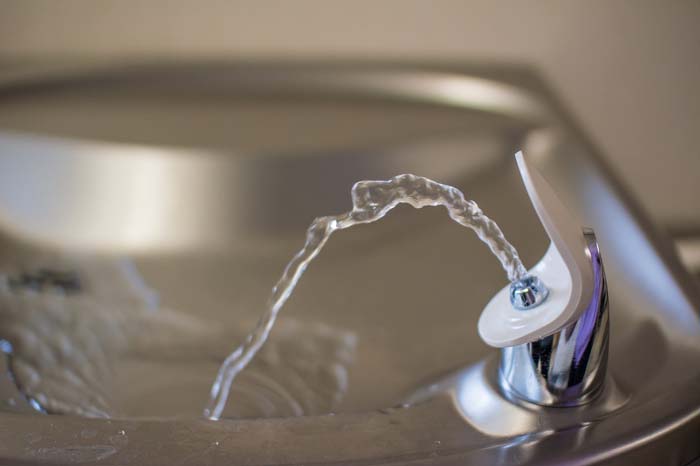 Shock chlorination treatment may be sufficient when positive bacterial tests result from accidental contamination. This necessitates testing for coliform bacteria and then repeating the process every 2 to 3 months. A longer-term fix will be necessary if this fails.
Shock chlorination treatment may be sufficient when positive bacterial tests result from accidental contamination. This necessitates testing for coliform bacteria and then repeating the process every 2 to 3 months. A longer-term fix will be necessary if this fails.
Because the water flows through the spring at too high a rate for the chlorine to reach, shock chlorination is usually ineffective for private springs when trying to kill bacteria.
Conclusion
In a perfect world, everyone’s water supply would be clean and readily available in their homes. If you want to know what’s in your water, Express Drainage Solutions can help you. We can purify your water safely and effectively if you find it contains bacteria or any other kind of contamination. You want to make sure that your loved ones are safe and healthy whenever they drink water, and we can assist you with that. Get in touch with us if you want to know how our water experts can put your worries to rest and guarantee the safety of the water in your house.


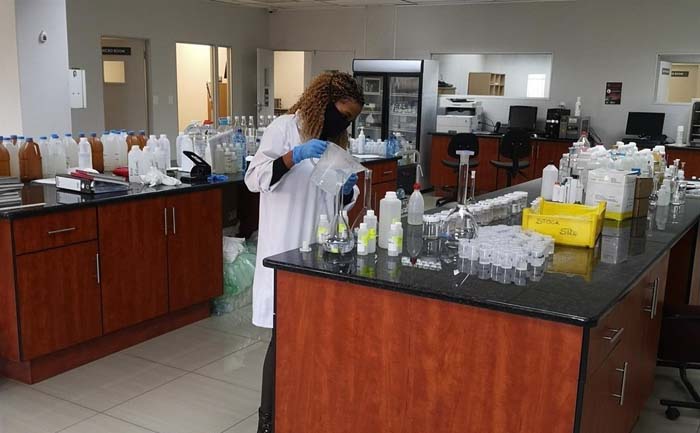 The areas where the pH level affects water quality include.
The areas where the pH level affects water quality include.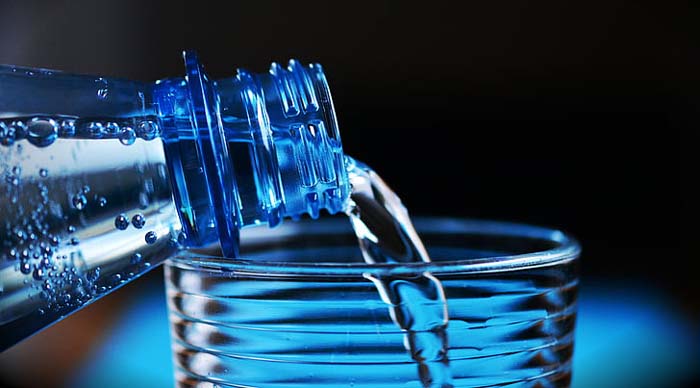 Boosting the function of the brain
Boosting the function of the brain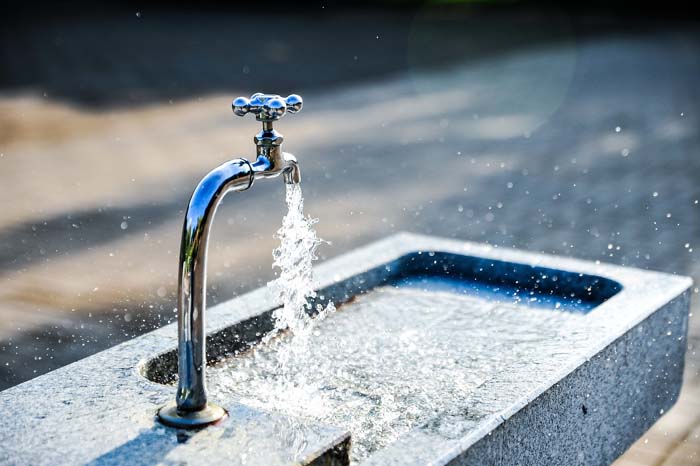
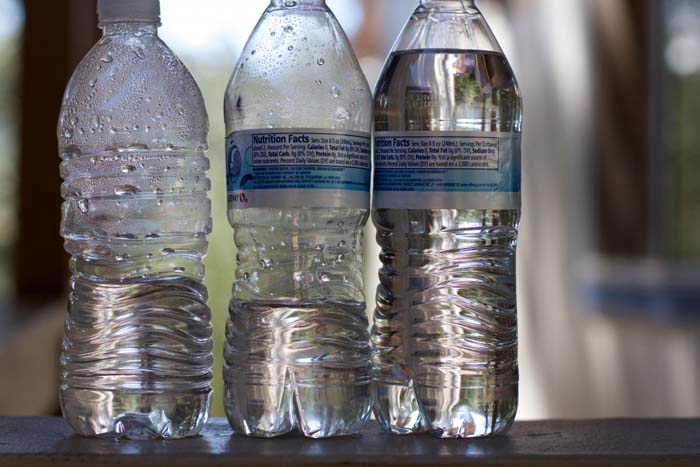 What makes water quality so crucial?
What makes water quality so crucial?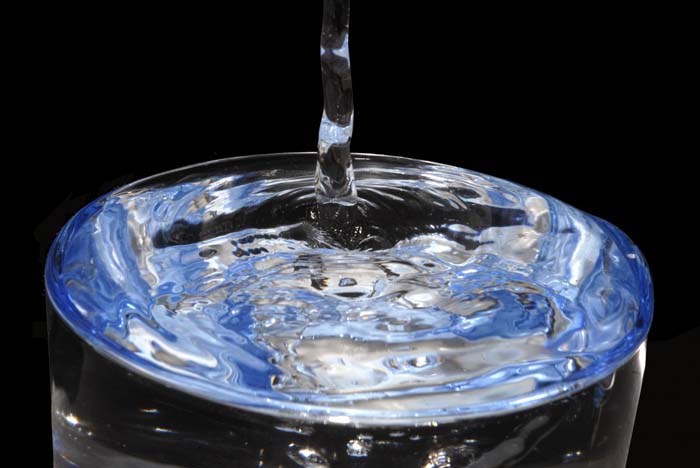 Presence of particles and sediment
Presence of particles and sediment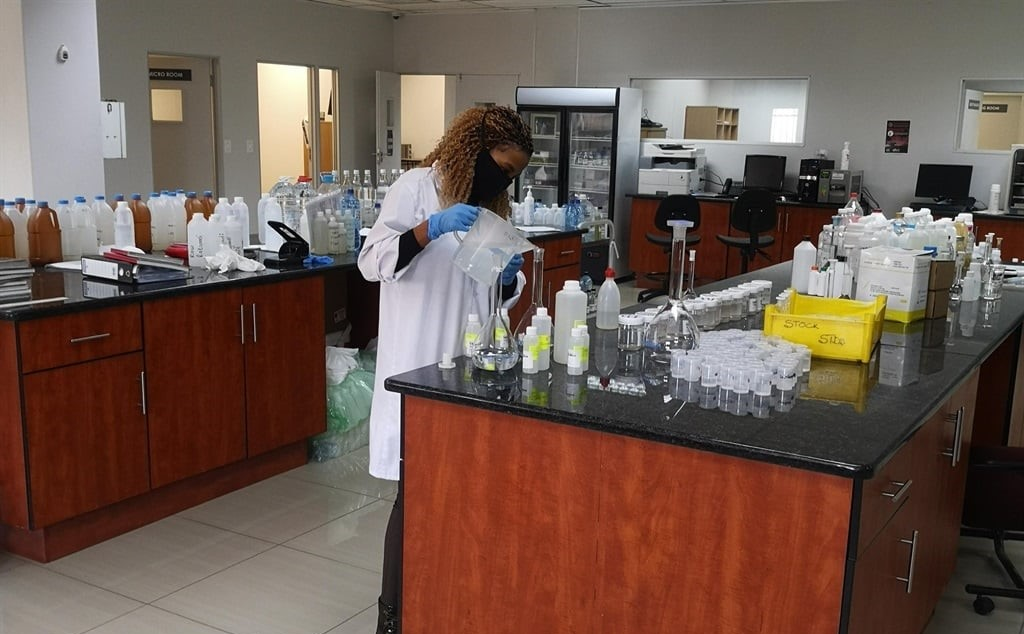
 Here’s how to find water quality in your area
Here’s how to find water quality in your area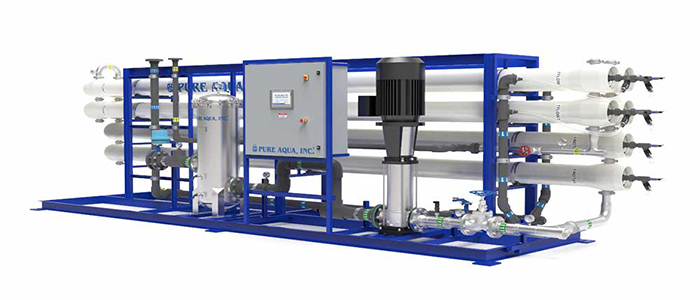 However, water treatment equipment will be necessary if heavy metals, unpleasant smells, sediments, rust, or other harmful substances are present. Potable water bottles or cans are one alternative, although none of these options is safe or sustainable.
However, water treatment equipment will be necessary if heavy metals, unpleasant smells, sediments, rust, or other harmful substances are present. Potable water bottles or cans are one alternative, although none of these options is safe or sustainable.